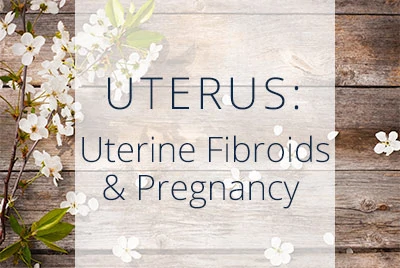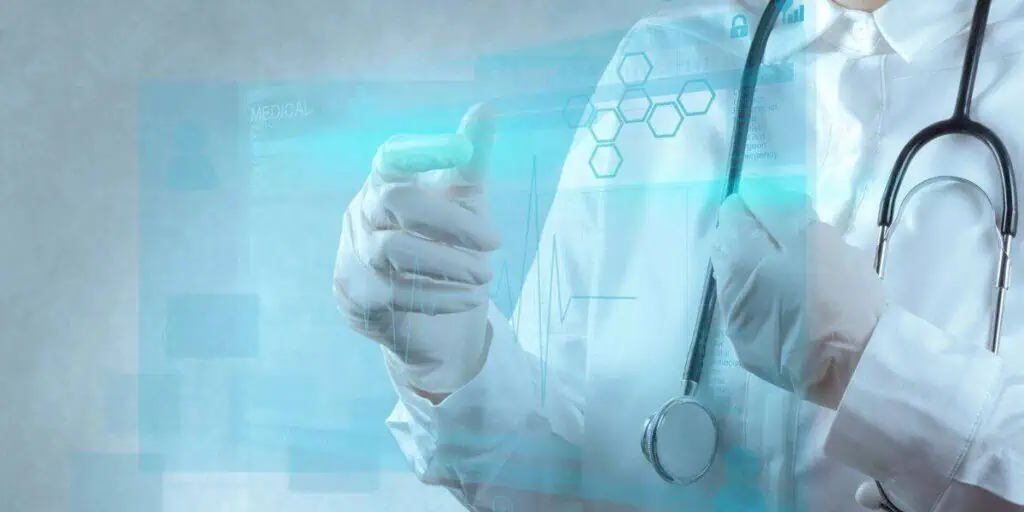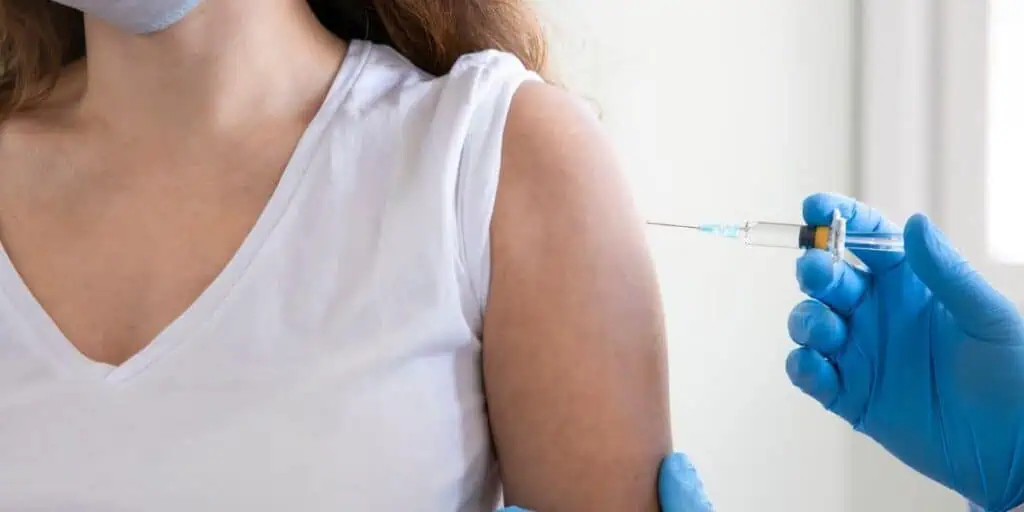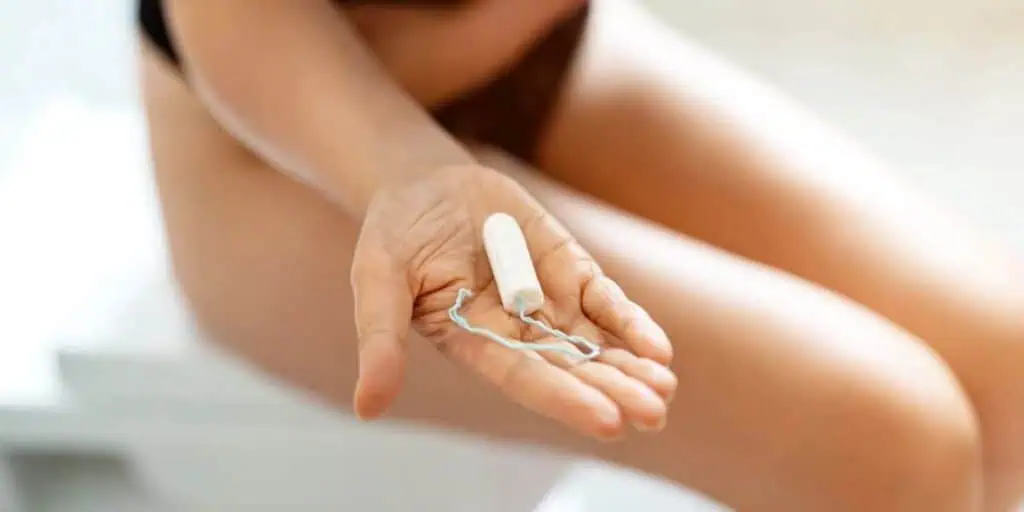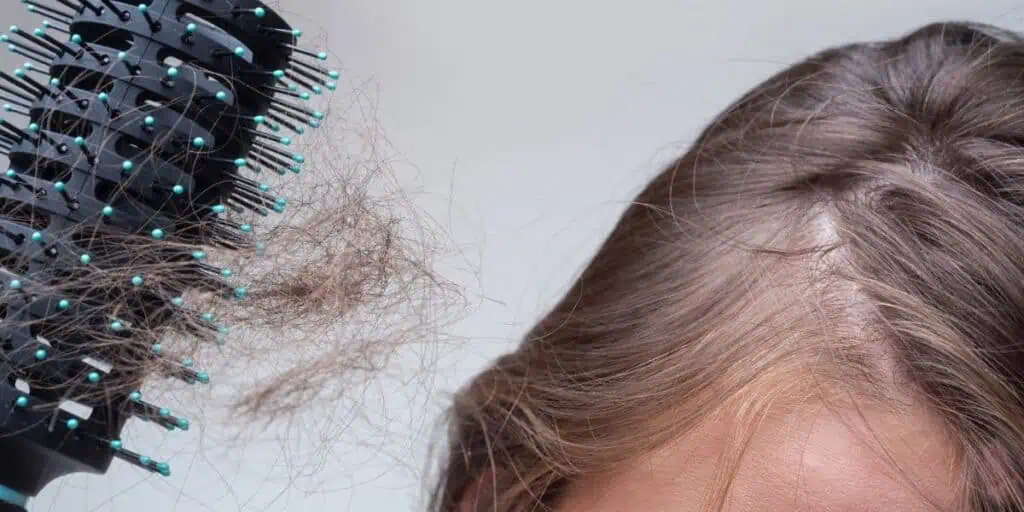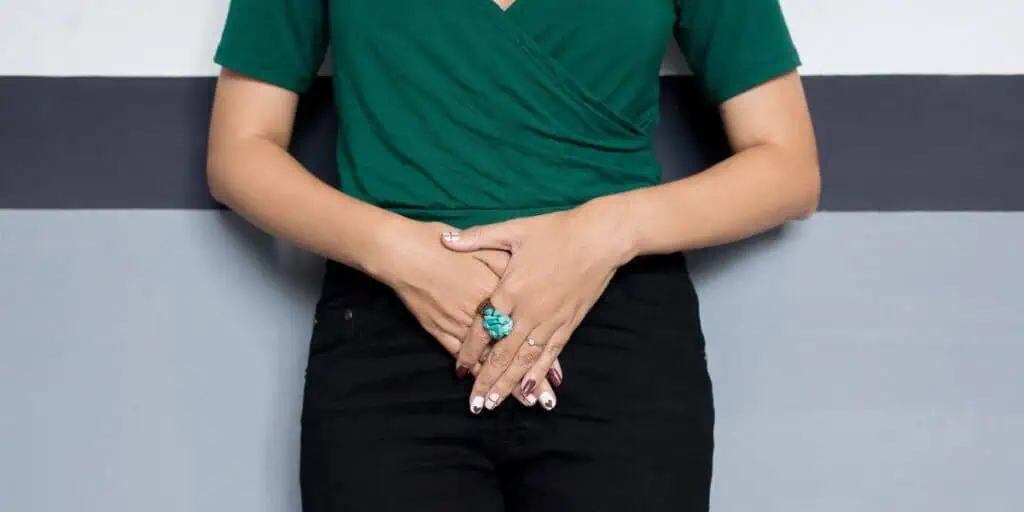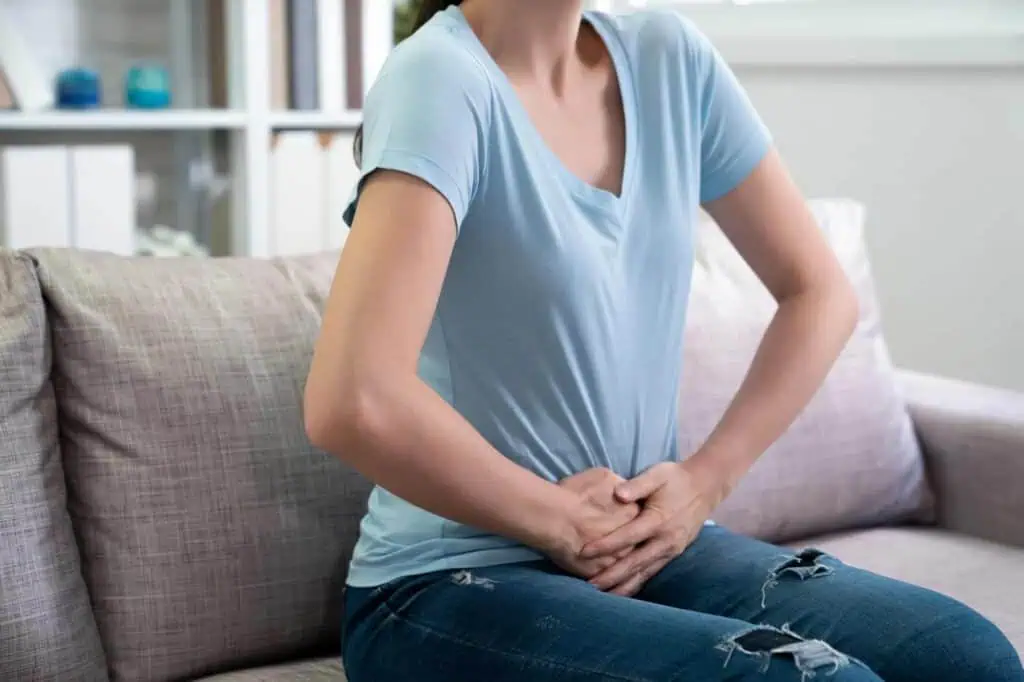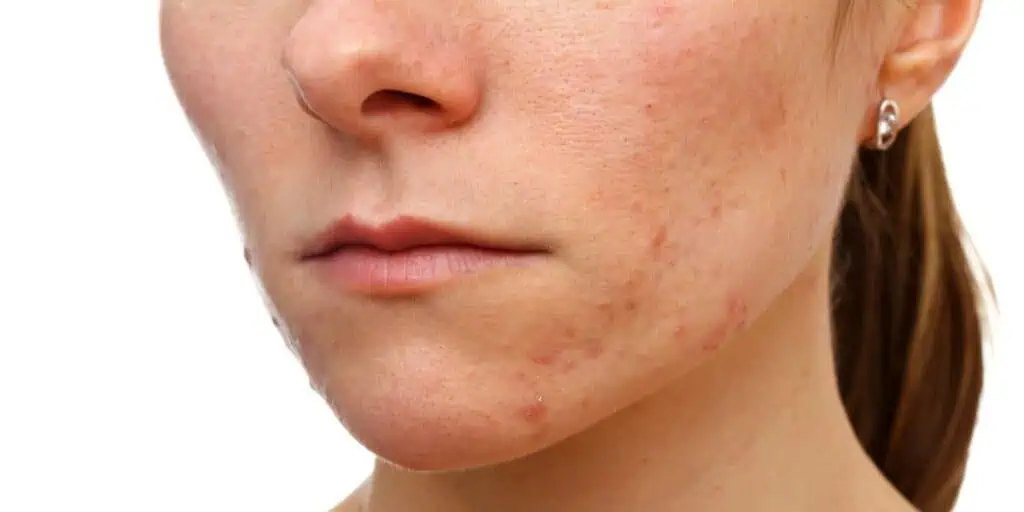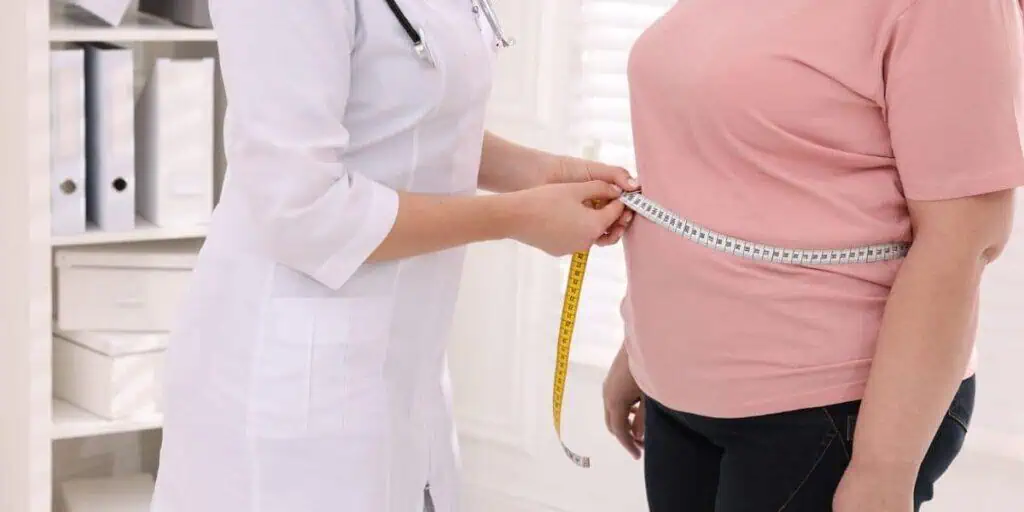What are uterine fibroids?
Uterine fibroids are benign (non-cancerous) tumors that grow from the uterine muscular tissue. They can develop along the inside or outside layers of the uterine walls.
While they are made of the same tissue, fibroids can vary wildly. They can develop in many different sizes and shapes; some grow quickly, while others grow gradually over several years, and it’s possible to have multiple fibroids growing at the same time.
While not life-threatening, fibroids in the uterus can impact health, fertility, and overall quality of life.
What are the risk factors for fibroids?
The biggest risk factor for developing uterine fibroids is being a woman of childbearing age. Some other factors that can impact fibroid development include:
- If your mother or sister had fibroids, you’re at increased risk of developing them.
- African American women are more likely to have fibroids than women of other racial groups. In addition, African American women often develop fibroids at younger ages and tend to have more or larger fibroids.
- Lifestyle factors. The onset of menstruation at an early age, use of birth control, obesity, a vitamin D deficiency, a diet higher in red meat and lower in green vegetables, fruit, and dairy, and drinking alcohol, including beer, appear to increase your risk of developing fibroids.
What are the symptoms of uterine fibroids?
The symptoms of uterine fibroids are varied. You may have one symptom, multiple symptoms, or no symptoms at all.
Some of the more common symptoms include:
- Dull, aching pain in the lower back
- Pelvic pain
- Abdominal cramping
- Pain during sex
- An increase in the frequency or duration of periods
- Heavy menstrual bleeding
- Vaginal bleeding between menstrual periods
- Painful periods
- Anemia
- Constipation, difficult bowel movements, or pain in the rectum
- Frequent urination or difficulty urinating
Pelvic pain, irregular bleeding, and changes in vaginal discharge can be signs of multiple women’s health problems ranging from benign to serious. If you’re experiencing new or worsening pain or changes to menstruation or discharge, schedule a consultation with Dr. Aliabadi.

How are uterine fibroids diagnosed?
Uterine fibroids are frequently found incidentally during a routine pelvic exam. Our doctor may feel irregularities in the shape of your uterus, suggesting the presence of fibroids. If you have symptoms of uterine fibroids, Dr. Aliabadi may order an ultrasound to look for growths or irregularities in the uterus and surrounding pelvic organs.
If traditional ultrasound doesn’t provide enough information, we may order other imaging studies, such as X-rays or magnetic resonance imaging (MRI).
A hysteroscopy may also be ordered. This is a method of visualizing the inside of your uterus. A telescope is inserted through the cervix, which allows for visualization of the uterine cavity with no incisions.
What are potential complications of uterine fibroids?
While fibroids are rarely cancerous, they can still cause pain and complications to your reproductive system.
Enlarged uterus/abdomen
Very large fibroids can press on your abdomen and cause pain and swelling. A pelvic exam may be more uncomfortable for you, or more difficult to perform.
Pain, fever, and nausea
When a fibroid outside of the uterus twists on itself, the resulting pain can be severe and can make you feel sick.
Infertility
Some fibroids might cause difficulty conceiving and negatively impact your ability to carry a healthy pregnancy. If fibroids are causing fertility problems, you might want to have them removed before trying to get pregnant again.
Pregnancy complications
In rare cases, fibroids can increase the risk of complications during pregnancy and delivery, including miscarriage, breech birth, preterm birth, or C-section delivery.
What are the treatment options for uterine fibroids?
There’s no single best approach to uterine fibroid treatment. Not all uterine fibroids require treatment, but if your symptoms are bothering you or causing complications, you might want to talk to Dr. Aliabadi about your treatment options.
After reviewing your medical history, symptoms, and goals, Dr. Aliabadi will develop a customized treatment plan for you.
Your fibroid treatment may include:
Medications
Nonsteroidal anti-inflammatory drugs (NSAIDs) such as ibuprofen may be effective in relieving pain related to fibroids. However, they won’t reduce bleeding or directly impact the fibroids themselves.
Hormone therapy
Birth control pills and hormonal intrauterine devices (IUDs) have been shown to control heavy periods and ease cramping. A progestin-releasing IUD provides symptom relief but won’t shrink fibroids or make them disappear.
Gonadotropin-releasing hormone (GnRH agonists) agonists can stop your menstrual cycle and temporarily prevent fibroid growth, keeping them the same size until they can be surgically removed. Side effects of GnRHas can include hot flashes, depression, insomnia, decreased sex drive, and joint pain so they generally aren’t recommended for long-term use.
Laparoscopic myomectomy
Myomectomy is the surgical removal of fibroids from the uterine walls. Dr. Aliabadi is an expert in minimally invasive laparoscopic surgery, meaning she can remove your fibroids with minimal pain, scarring, and downtime. A thin, flexible tube with a camera (laparoscope) is inserted through a small incision, allowing the surgeon to see the uterus. Surgery is then performed through equally small incisions.
This surgical treatment leaves the uterus intact, allowing you to retain the ability to become pregnant after surgery. However, new fibroids may develop over time and may need to be surgically removed again.
Endometrial ablation
This is a minimally invasive procedure that destroys and removes the endometrial lining of the uterus. An endometrial ablation helps reduce heavy bleeding — your periods may be light or nonexistent.
Uterine artery embolization
Uterine artery embolization (UFE) or uterine fibroid embolization shrinks fibroids by cutting off their blood supply. Tiny particles are injected into the uterine blood vessels, blocking off the blood supply fibroids need to grow.
Hysterectomy
Complete surgical removal of the uterus, with or without the ovaries, is usually performed as a last resort or if the fibroids are very large. By removing the uterus, you will never have fibroids or menstruate again. After a hysterectomy, a woman is no longer able to become pregnant.
Want to know more about your health? Talk to uterine fibroid specialist Dr. Aliabadi
When you’re treated by Dr. Aliabadi and her warm, caring team, you’re guaranteed to feel safe, heard, and well cared for. An expert in minimally invasive gynecologic surgery, Dr. Aliabadi aims to treat your fibroids with as little pain and downtime as possible.
We invite you to establish care with Dr. Aliabadi. Please make an appointment online or call us at (844) 863-6700.
The practice of Dr. Thais Aliabadi and the Outpatient Hysterectomy Center is conveniently located for patients throughout Southern California and the Los Angeles area. We are near Beverly Hills, West Hollywood, Santa Monica, West Los Angeles, Culver City, Hollywood, Venice, Marina del Rey, Malibu, Manhattan Beach, and Downtown Los Angeles.
Uterine fibroids are almost always noncancerous growths. However, on very rare occasions, a cancerous fibroid can occur, known as a leiomyosarcoma. These cases are extremely rare and are not considered to be directly related to benign fibroids.
Uterine fibroids can contribute to weight gain indirectly. Large fibroids can significantly increase the size of the uterus, which might add weight and create a noticeable increase in abdominal girth. Additionally, the bloating and swelling associated with fibroids might also give the appearance of weight gain. However, fibroids themselves do not cause fat accumulation.
Uterine fibroids typically do not “burst” because they are solid tumors composed of fibrous tissue. However, they can degenerate, which means the fibroid outgrows its blood supply, leading to pain and swelling as the tissue starts to die. This degeneration can sometimes be mistaken for a fibroid bursting because it can be quite painful and sudden.
Uterine fibroids can increase the risk of miscarriage, especially when they are large or located in areas that affect the lining of the uterus or the shape of the uterine cavity. Their position and size can interfere with egg implantation or the development of the placenta, which can lead to pregnancy complications, including miscarriage.
Yes, uterine fibroids can cause bleeding. They are a common cause of abnormal uterine bleeding, which may include heavy menstrual periods or bleeding between periods.
Yes, uterine fibroids can have a hereditary component. Research suggests that women are more likely to develop fibroids if they have a family history of the condition, particularly if their mother or sister has had fibroids.
Fibroids can sometimes shrink or go away on their own, especially after menopause, when hormone levels decrease. However, this is not always the case.
Uterine fibroids are categorized into intramural (within the muscle wall of the uterus), subserosal (on the outer surface), submucosal (in the lining of the uterus), pedunculated (attached by a stalk), and cervical (in the cervix), each varying in location and potential symptoms.
The best healthcare providers for treating fibroids are obstetrician-gynecologists (OB/GYNs), reproductive endocrinologists, interventional radiologists, gynecologic surgeons, and gynecologic oncologists, each specializing in different aspects of care and treatment options for this condition.
